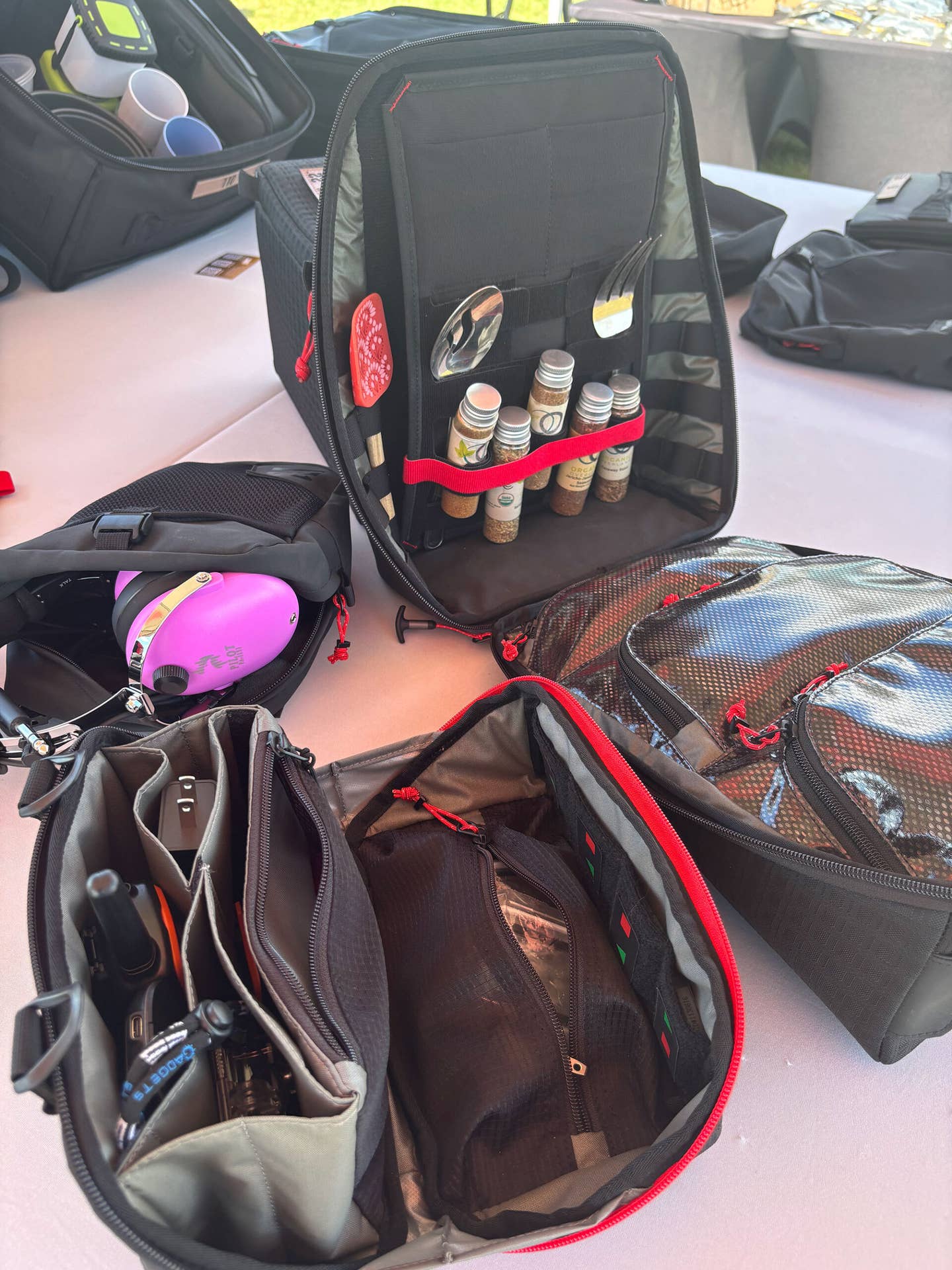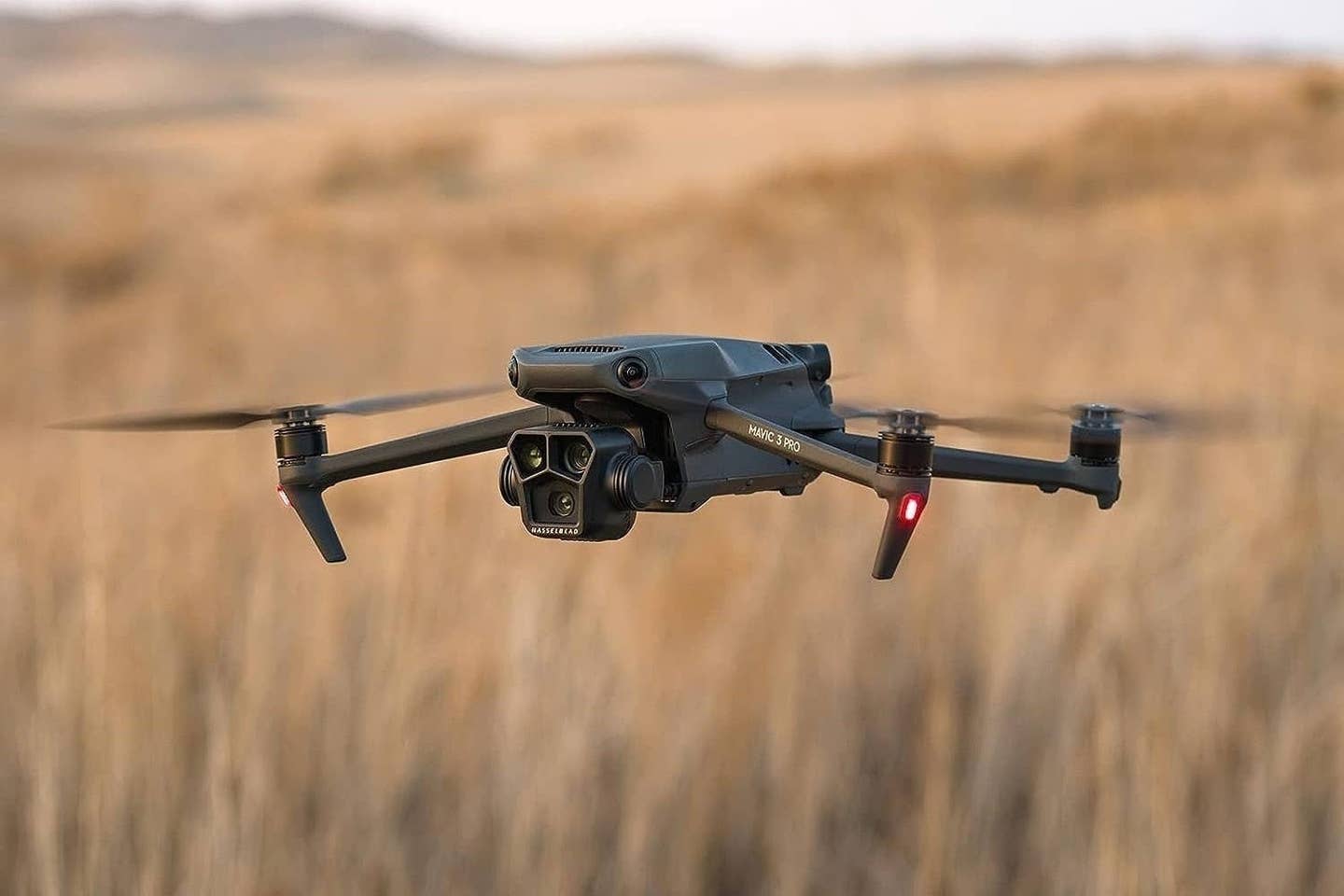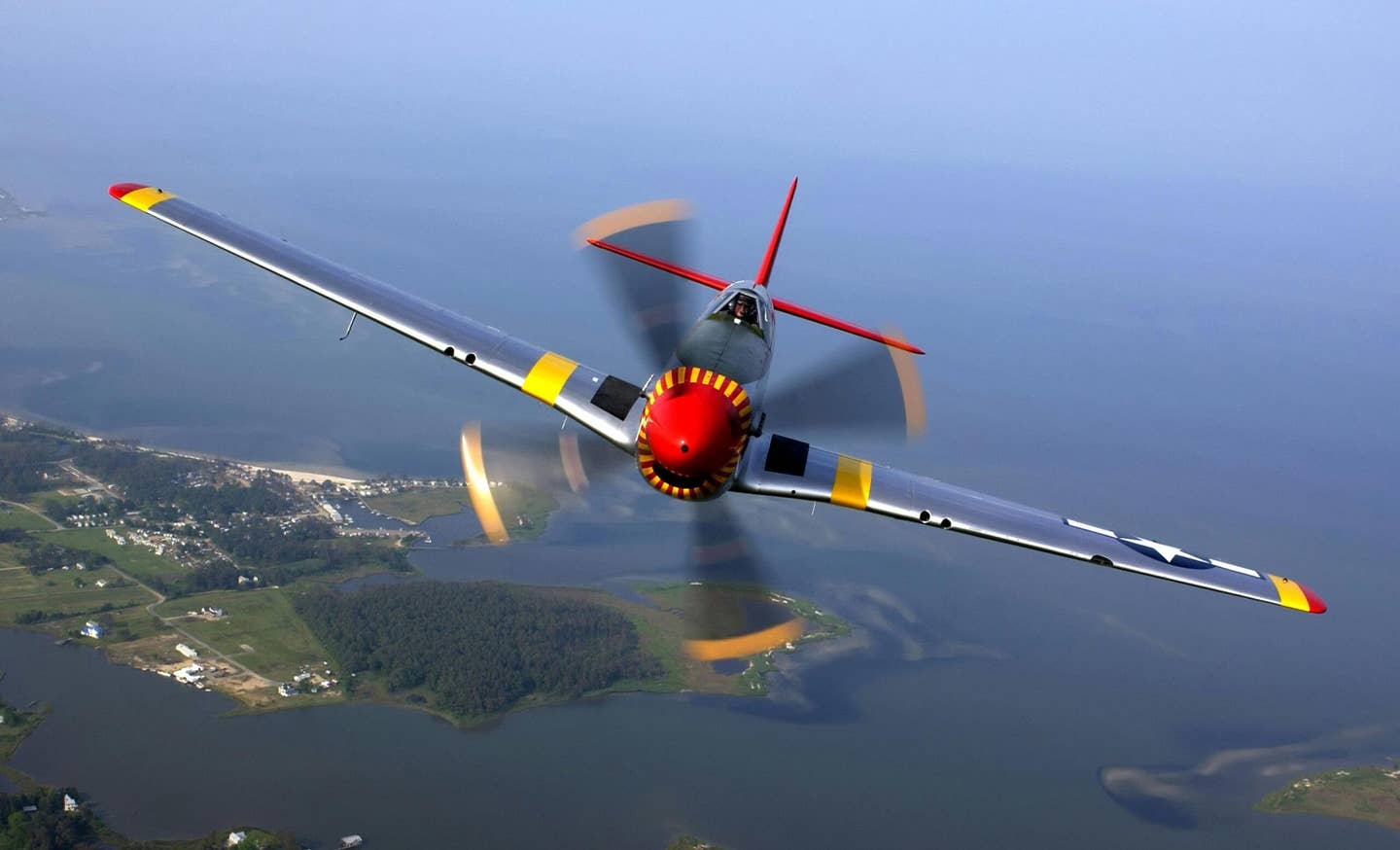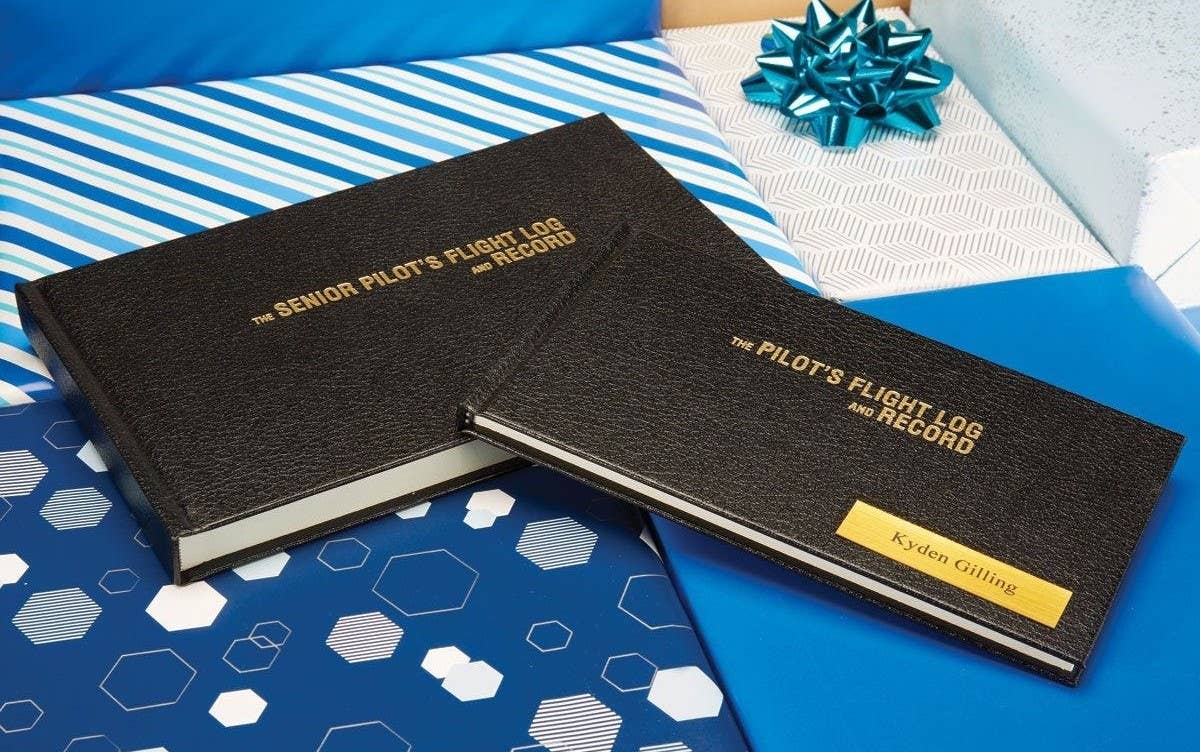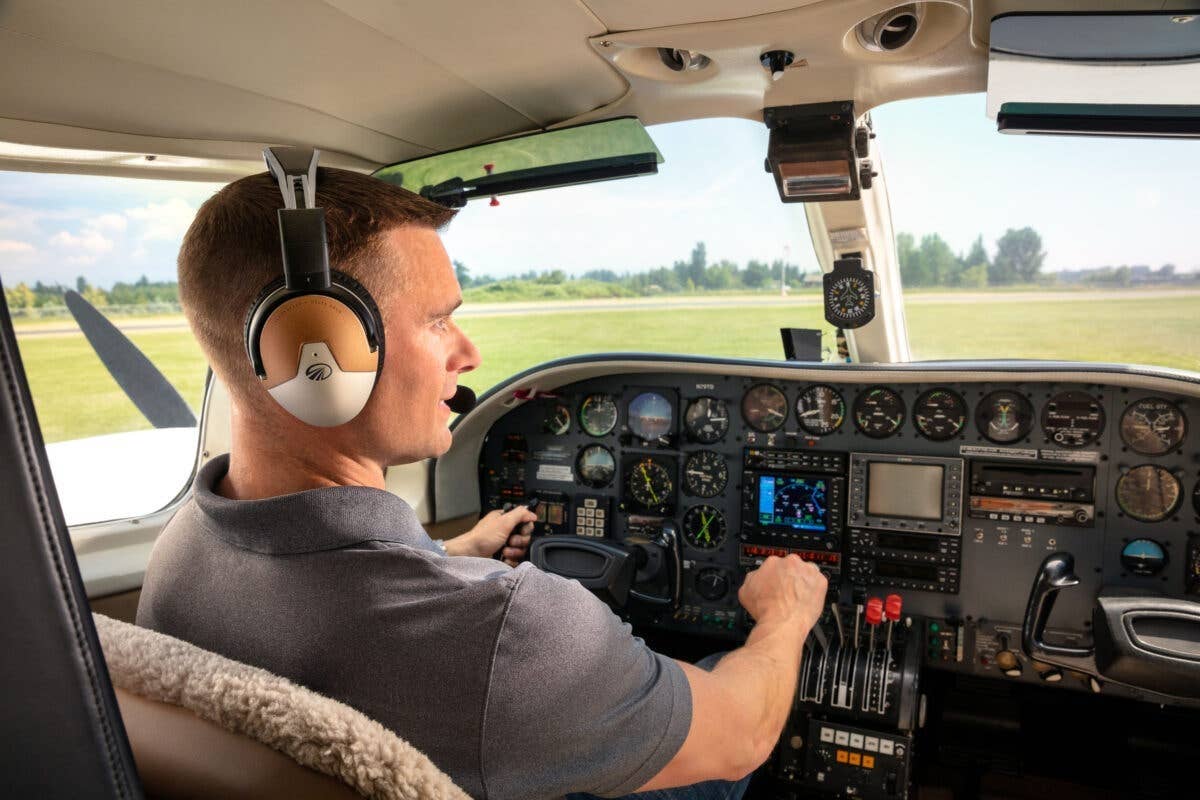What a Pilot Should Pack in a Flight Bag
Ensure a smooth trip with our checklists of must-haves for your flight and carry-on bags.
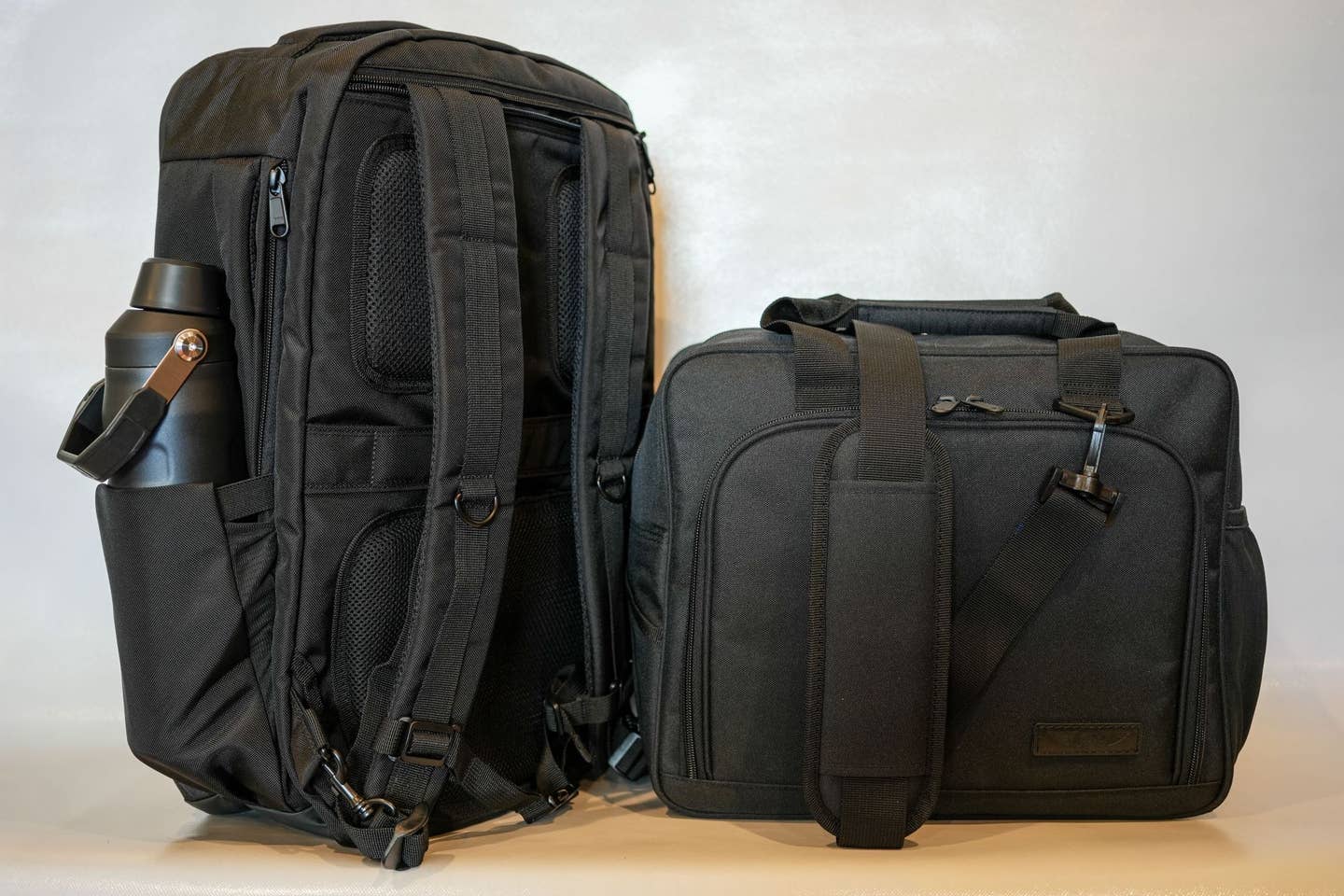
A well-prepared flight bag and carry-on suitcase are essential components of a pilot’s travel routine. [Photo by Kasia Szwed-Carlson]
Pilots and other crewmembers fly more often than any other work group out there.
While some pilots may end up in their own beds every night, others rely on hotel accommodation to complete their trips. As a result, most pilots often fly with two bags, a flight bag and carry-on luggage.
In turn, well-organized and equipped bags can make all the difference for a smooth time away from home.
Let’s explore our comprehensive packing lists for your flight bag and carry-on suitcase to make your time on the road easier. These carefully curated lists will help you stay prepared, comfortable, and efficient regardless of whether you're embarking on a short domestic trip or a long-haul international flight.
Pilot Flight Bag Packing List
Whether you are a general aviation pilot or a commercial pilot, a well-prepared flight bag is crucial for ensuring a smooth and efficient trip. The following checklist provides a wide array of necessary items to pack in your flight bag:
| Pilot Flight Bag Packing Checklist | General Aviation Pilot | Commercial Pilot |
| Personal and Aircraft Travel Documents (Paper/Electronic) | ☐ | ☐ |
| Logbook (Paper/Electronic) | ☐ | ☐ |
| Flight Manuals (Paper/Electronic) | ☐ | ☐ |
| Flight Navigation Charts and Tools (Paper/Electronic) | ☐ | ☐ |
| Headset | ☐ | ☐ |
| Corrective Lenses (if required by medical certificate) | ☐ | ☐ |
| Safety Items | ☐ | ☐ |
| Flashlight | ☐ | ☐ |
| Spare Batteries/Chargers | ☐ | ☐ |
| Watch | ☐ | ☐ |
| Sun Protection | ☐ | ☐ |
| Writing Tools/Paper | ☐ | ☐ |
| Reusable Water Bottle/Snacks | ☐ | ☐ |
| Personal Wallet/Keys | ☐ | ☐ |
| Personal Phone/Charger/Headphones* | ☐ | ☐ |
| Other Personal Items | ☐ | ☐ |
| Kneeboard | ☐ | |
| Fuel Strainer/Dipstick | ☐ | |
| Survival Kit/First Aid Kit | ☐ | |
| Multitool | ☐ | |
| Handheld Radio | ☐ | |
| Personal Locator Beacon/Satellite Messenger | ☐ |
*—Items are not to be used from the time of plane door closure until landing.
General Aviation Pilot vs. Commercial Pilot Packing Lists
While the core essentials required by both general aviation and commercial pilots substantially overlap, there are notable differences tailored to the specific needs of each group.
General aviation pilots often carry additional items that are geared towards personal safety and operations in potentially less controlled environments. For instance, a general aviation pilot might include a personal locator beacon or satellite messenger, and a survival kit in their bag, ensuring they are prepared for emergencies.
On the other hand, commercial pilots, who usually operate within a highly structured environment, focus on items like detailed flight documents, identification badges, and safety equipment (i.e., hearing protectors and safety vests). Their packing checklist might also be more standardized due to stringent airline policies and regulatory requirements.
Personal and Aircraft Travel Documents
Personal and aircraft travel documents are important documents for any pilot to carry and thoroughly check before every trip. These documents include, but are not limited to:
- Pilot’s license
- Medical certificate
- Passport and visas
- Permits (e.g., radiotelephone operator permit)
- Identification badges
- Aircraft documents (e.g., airworthiness certificate, registration certificate)
- Logbook
Flight Navigation Tools
Flight navigation tools are essential items that pilots rely on to ensure they can navigate the skies safely and efficiently. These tools can be in both paper and/or electronic formats and include, but are not limited to:
- Flight manuals (e.g., pilot’s operating handbook, aircraft flight manual)
- Navigation charts (e.g., sectionals, terminal area charts)
- Performance tools (e.g., flight computer, mechanical E6B)
- Weather data
Must-Have Tools and Supplies
Essential tools and supplies are a critical part of a pilot's flight bag, ensuring readiness for any situation during a flight. These items include, but are not limited to:
- Headset
- Corrective lenses (if required by medical certificate)
- Safety items (i.e., hearing protectors and safety vests)
- Flashlight
- Spare batteries/chargers
- Watch
- Sun protection (i.e., sunglasses, sunshades)
- Writing tools/paper
- Reusable water bottle and snacks
- Personal wallet/keys
- Personal phone/charger/headphones (items are not to be used from the time of plane door closure until landing)
- Other personal items (e.g., hand sanitizer, lip balm, Band-Aids, toothbrush, toothpaste, menstrual health kit)
Other Go-To Items
Other potentially essential items for a general aviation pilot’s flight bag include a range of tools and equipment that can significantly improve the comfort and safety of a pilot's journey. These items include, but are not limited to:
- Kneeboard
- Fuel strainer/dipstick
- Survival kit/first aid kit
- Multitool
- Handheld radio
- Personal locator beacon/satellite messenger
Pilot Carry-On Bag Packing List
Whether you’re embarking on a single-day trip or multi-day layover, it is necessary to adopt your carry-on bag packing strategy to the length of your trip. The following checklist provides a packing list of essential items carried in a pilot’s carry-on bag that can be personalized for either day trips or layovers:
| Pilot Carry-On Bag Packing Checklist | Day Trip | Layover |
| Packing Cubes | ☐ | ☐ |
| Ziplock Bags | ☐ | ☐ |
| Prescription and Basic Medications | ☐ | ☐ |
| Light Jacket | ☐ | ☐ |
| Change of Clothes | ☐ | ☐ |
| Spare Shoes | ☐ | ☐ |
| Valuables | ☐ | ☐ |
| Razor and Shaving Cream | ☐ | ☐ |
| Makeup and Wipes | ☐ | ☐ |
| Menstrual Health kit | ☐ | ☐ |
| Shampoo and Conditioner | ☐ | ☐ |
| Hair Care Products | ☐ | ☐ |
| Lotion or Moisturizer | ☐ | ☐ |
| Toothbrush and Toothpaste | ☐ | ☐ |
| Mouthwash and Dental Floss | ☐ | ☐ |
| Deodorant | ☐ | ☐ |
| Nail Kit | ☐ | ☐ |
| Reading Essentials | ☐ | ☐ |
| Personal Tablet or Laptop | ☐ | ☐ |
| Chargers | ☐ | ☐ |
| Backup Power Bank | ☐ | ☐ |
| Travel Adapter | ☐ | ☐ |
| Food/Snacks | ☐ | ☐ |
| Chewing Gum/Mints | ☐ | ☐ |
| Neck Pillow | ☐ | ☐ |
| Eye Mask | ☐ | ☐ |
| Earplugs | ☐ | ☐ |
| Noise-Canceling Headphones | ☐ | ☐ |
| Compression Socks | ☐ | ☐ |
Day Trip vs. Multiday Layover Packing Lists
For day trips, focusing on the absolute essentials helps pilots keep their bags light while ensuring they have everything they need for a productive and comfortable workday. In contrast, multiday layovers may require additional items such as extra sets of clothes, a more comprehensive toiletry kit, and personal entertainment options to make extended trips more pleasant.
Personal Items
Personal items are fundamental components of every pilot’s carry-on bag, serving as essential elements for comfort and practicality during day trips and multiday layovers. These items include, but are not limited to:
- Packing cubes
- Ziplock bags
- Prescription and basic medications
- Light jacket
- Change of clothes (e.g., undergarments, socks)
- Spare shoes (e.g., tennis shoes, flip-flops)
- Valuables (e.g., camera, jewelry)
Toiletry Bag with Travel-Size Items
Having a well-prepared toiletry bag with travel-size items is essential for any pilot to efficiently handle the demands of travel. These items include, but are not limited to:
- Razor and shaving cream
- Makeup and wipes
- Menstrual health kit
- Shampoo and conditioner
- Hair care products
- Lotion or moisturizer
- Toothbrush and toothpaste
- Mouthwash and dental floss
- Deodorant
- Nail kit
Entertainment Items
Including entertainment items in a carry-on bag ensures pilots have ways to effectively pass the downtime outside of their work hours. These items include, but are not limited to:
- Reading essentials (e.g., books, e-reader)
- Personal tablet or laptop
- Chargers
- Backup power bank
- Travel adapter
Comfort Items
For added comfort during a pilot’s trip, packing a variety of essential items tailored to ensure a restful journey and a pleasant layover experience should be considered. These items include, but are not limited to:
- Food/snacks
- Chewing gum/mints
- Neck pillow
- Eye mask
- Earplugs
- Noise-canceling headphones (e.g., AirPods)
- Compression socks
Packing Tips
Most pilots often fly with two bags, a flight bag and carry-on luggage. The bags must be able to be easily stowed under airline seats, in the overhead bins, in designated cabin baggage compartments, and/or in the cockpit. However, the bags must also fit everything the pilots may need to complete their mission, all while ensuring they prioritize their comfort while away from home. Therefore, pilots must be mindful of their packing techniques and take advantage of the following packing tips:
Minimize Your Packing List
When it comes to packing for a trip, pilots know that minimizing the packing list is crucial to travel efficiently. Carrying fewer items not only makes the hand luggage lighter but also ensures that only the most essential items are brought along, reducing the hassle and stress of managing unnecessary belongings.
Stay Organized
Maintaining organization in any carry-on bag is crucial for an efficient and stress-free travel experience. One effective method to achieve this is by using packing cubes to compartmentalize different categories of items, such as clothing, toiletries, and electronics. Labeling each cube can also help pilots quickly locate items without frantically searching through their entire bag.
Prioritize Sleep Essentials
Getting adequate rest is crucial for pilots, given the demanding nature of their job. Prioritizing sleep essentials, such as a travel pillow, eye mask, and earplugs, can make a significant difference in the quality of rest during layovers and long flights while deadheading to and from work.
Prepare for Changing Temperatures
When preparing for changing temperatures, it is essential to pack versatile clothing that can adapt to different weather conditions. Layering is key; therefore, pilots should consider packing items like a light jacket or a long-sleeved shirt that can be easily added or removed.
Let’s Pack Your Flight Bag for Your Next Work Trip
A well-prepared flight bag and carry-on suitcase are essential components of a pilot's travel routine, ensuring a smooth and efficient trip. By adhering to comprehensive packing lists, pilots are better equipped to handle various layover and deadheading scenarios, enhancing their comfort and readiness.
Remember, packing the right essentials saves time, reduces stress, and ensures you are prepared for both anticipated and unexpected events. Prioritizing organization, minimizing unnecessary items, and staying equipped with critical tools can make all the difference in a pilot’s work trip.
FAQ
What not to put in your bag when flying?
Items like nontravel-sized liquids, sharp objects (e.g., scissors, knives), sporting equipment, self-defense items (e.g., pepper spray, brass knuckles), tools of any kind, as well as flammable and explosive items should not be put in a bag when flying.
What is allowed in a carry-on bag?
Airline and airport security regulations generally allow a wide range of personal items (e.g., toiletry bags, entertainment items, comfort items) in a carry-on bag, as long as they meet TSA size and safety/security requirements.
What is best to pack in carry-on luggage?
When packing a carry-on bag, it is important to focus on essential items that ensure comfort, convenience, and preparedness.
What to carry and what not to carry in flight?
Passengers can carry a wide range of personal items in flight, including toiletry bags, entertainment items, and comfort items. Items like non-travel-sized liquids, sharp objects (e.g., scissors, knives), sporting equipment, self-defense items (e.g., pepper spray, brass knuckles), tools of any kind, as well as flammable and explosive items should not be carried.

Subscribe to Our Newsletter
Get the latest Plane & Pilot Magazine stories delivered directly to your inbox

